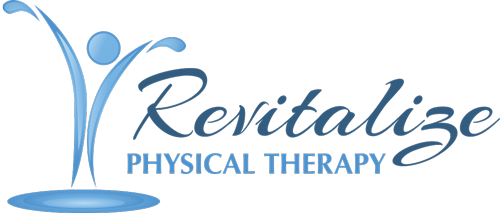
Disney knew what they were doing when they made Scar the dangerous villain in the movie, The Lion King. That is because as a pelvic floor physical therapist, I can attest to the fact that scars are the enemy which can contribute to pelvic floor dysfunction and pain.
In general, scars are one of the most overlooked clinical findings that I encounter during treatment. Time after time, I will notice a post-surgical scar in an area seemingly unrelated to the pelvic floor (ex. mastectomy, hip replacement, hysterectomy) and inquire regarding what suggestions were made to the individual about proper scar care. An overwhelming majority of women inform me that they have not been educated at all on scar care or mobilization. In fact, some are even afraid to touch the scar “lest it open.” Scars may take the form of episiotomies, healed perineal tears (for vaginal deliveries), and C-section scars. All three of these scars may contribute to pain during intercourse, and a C-section scar can interfere with lumbar mobility, especially trunk extension.
In our bodies, movement equals health. Every muscle, joint, tendon, ligament, nerve, and connective tissue structure, including fascia, has some degree of mobility and movement. Scars are the enemy when it comes to mobility. Almost every wound or injury (including surgery) results in some amount of scarring. Scars are composed of a protein called collagen, and this is the same protein in healthy skin. However, the protein fiber composition in scars is different and less functional than the collagen that exists in normal tissue. In other words, the body may do “too good” of a job healing itself; stiff and excessive bundles of collagen growth accumulate near the scar. This interferes with the mobility of the local structures. So while scar formation is a necessary and a natural part of the healing process, the accompanying issue of decreased structural mobility must be addressed.
This is best accomplished by performing scar massage, a technique that can be performed by a physical therapist or on one’s own body. The general goal is to mobilize the tight tissue and release myofascial adhesions or restrictions caused by the scar. Many women find the following direct mobilization techniques helpful for abdominal C-section scars:
- Using two to three fingers, apply force in a horizontal direction along the entire length of the scar (side to side, or right to left)
- Using two to three fingers, apply force in a vertical direction along the entire length of the scar (up and down, or above to below)
- Using two to three fingers, apply force in a circular or rotational direction along the entire length of the scar. Create circles in both a clockwise and a counterclockwise direction
- Pinch, twist, and roll the skin along the entire length of the scar
- Lift the overlying skin along the entire length of the scar.
These techniques help break adhesions and free up the underlying tissue in all directions. The amount of suggested force for all of these techniques is until the point prior to pain. Meaning, it should not hurt! If it does, try applying slightly less force. Furthermore, scar massage should not be performed until the skin has healed, which generally takes six weeks to occur. Please consult with your pelvic floor physical therapist or physician prior to initiating any scar mobilization program.



